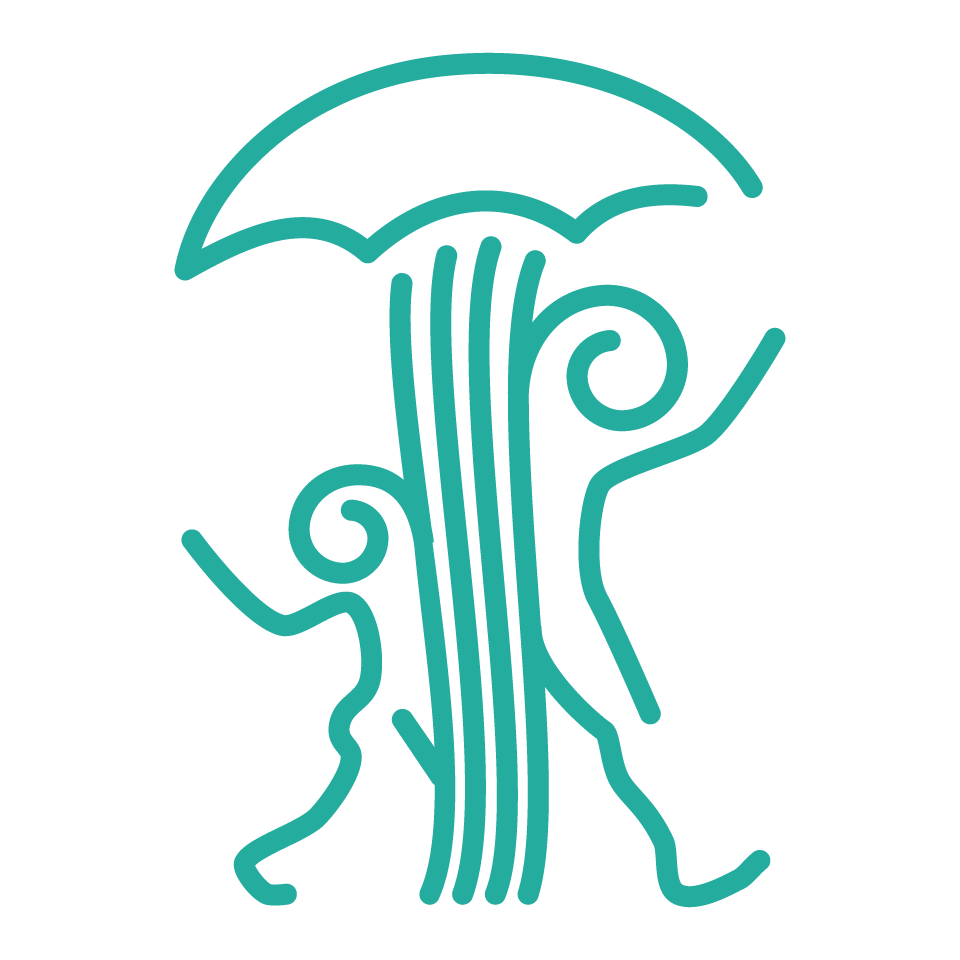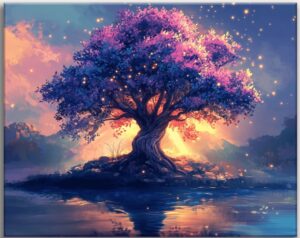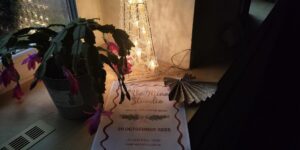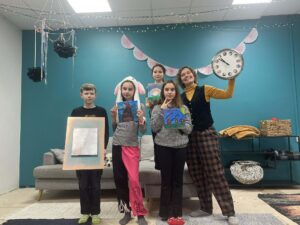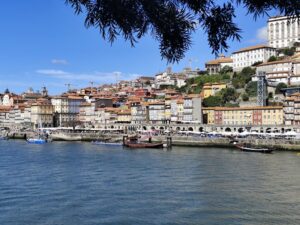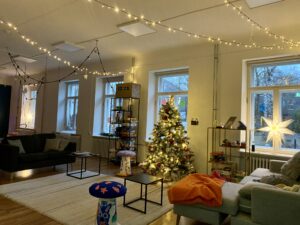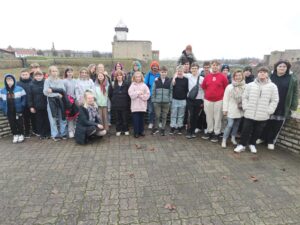In September a cooperation project between Estonia and Finland took place in Tartu, within the framework of which a large interactive graffiti was made under the Friendship Bridge. The implementation lasted from September 6 to September 9. On September 10 at 11 a.m., took place the official opening of the graffiti.
Grafiti is produced within the project “Diggiloo – Cultural production from youth to youth 2022–2023”.
In conjunction with this event, a new episode was also made in our podcast “Noorteaken”.
In this episode of the podcast, we can hear musician Liisa Tulvik, who will perform at the opening of the graffiti, and Elina Tall, a youth worker of the Tartu Youth Work Center, participant of the project.
Listen, what exciting things they say about the project and their other activities!
Interview from the podcast episode
Grete: I’ve invited you here today because you have one very cool project in common, and that’s the “Digiloo” project, and maybe we can talk a little bit more about what is it and what it represents. My first question would be to you, Elina, what is this “Digiloo” anyway?
Elina: Its digital culture project, from youth to youth, we give young people opportunity to do events themselves or various activities for other youngsters, so they can have this experience. As part of this project, many activities take place online and on social media. We have created various opportunities for young people in online. Currently, the organization of an orientation game, which the young people have made themselves, is in progress.
Grete: You mentioned organizing an adventure game, but I know that as part of this project, there will also be an exciting interactive graffiti and maybe this question is directed to both of you… where and how exactly it will take place, why the word “interactive” is there?
Liisa: What makes it interactive is that the music that we’re releasing as part of this project will be made into stickers with a QR code that goes there with this graffiti. Anyone can go with their phone, take a picture of that QR code, and then it will take them to a page where they can listen to the music of the artist that we’re publishing and a little story and a couple of pictures about them, just like a little portfolio reference. I have some of my own songs on there that I’m doing and I had to perform a song as well. I have a young artist named Jörg-Erik Mölder, who has been visiting our music studio there for a year now, doing some musical things there, he is a very practical young man, he takes the initiative. The artists who come with me there are 16-17 years old. And then together with him I teach them how to produce music, how to write music, record it. The other on is Mirje. He is a student of the Puhja school, now he is studying graphic design at the art school there, and he writes such very mystical stories, performs such fairy-tale stories accompanied by his guitar. The songs he plays are somehow completely different and they work really well, just him and the guitar. We record a couple of songs from him. And then they make the QR code interactive.
Grete: How many people are involved in this project and how much do you collaborate with each other?
Liisa: We are seeing each other for the first time, hehe
Elina: In terms of numbers, I can’t say exactly. We have youngsters, Finns, then there are our youth workers and then your musicians.
Liisa: We are a small group, about three or four people. That I, I am strictly only related to this music part and that when the graffiti opening comes, that then there will be small performances, musical performances. But I am not familiar with other things.
Grete: You have another awesome project coming up. Maybe you can talk more about it?
Elina: We also have a Read-hour event coming up, which is a reading hour, and it will take place on the 8.september at 1 p.m. in the town hall square, where people can come with their own book and read together and show how cool and great reading really is. And in addition, the youthcenters (lille, Ilmatsalu ,Anne) also organize a joint reading and reading at 4 p.m., where young people can also come, and this reading takes place in different languages, in order to involve Ukrainian Russian youth, for example in Annes and Lille youthcenters. We also have a sign language interpreter at the reading to include sign language youth.
Grete: If some young person now became interested and wants to getting involved in one of these projects or in some way participating in different projects in the future, what should he do, who should he contact and why should he do it at all, so why should he become interested?
Elina: Well, this digital story project will last 18 months. Margit (director of Tartu Youth Work Center) and I created a club like a culture club, where young people can do activities within the digital history project. We have such a group of volunteers that if the Tartu youth work center organizes an event, they can also be volunteers. If you are interested, you can write to me. I believe that the culture club is a very nice opportunity for various activities, which will definitely help you get some cool experience in the future and make new acquaintances and friends.

